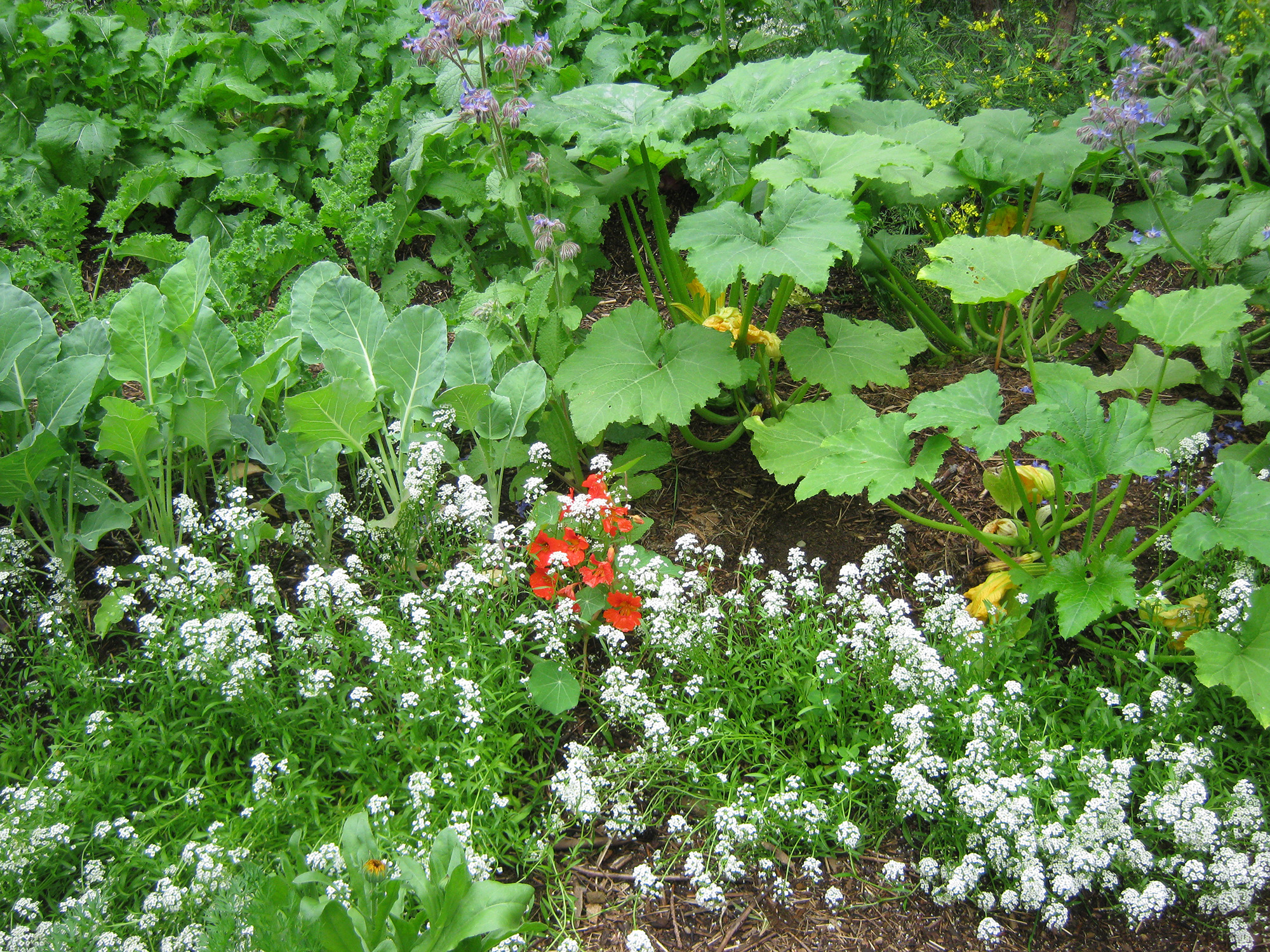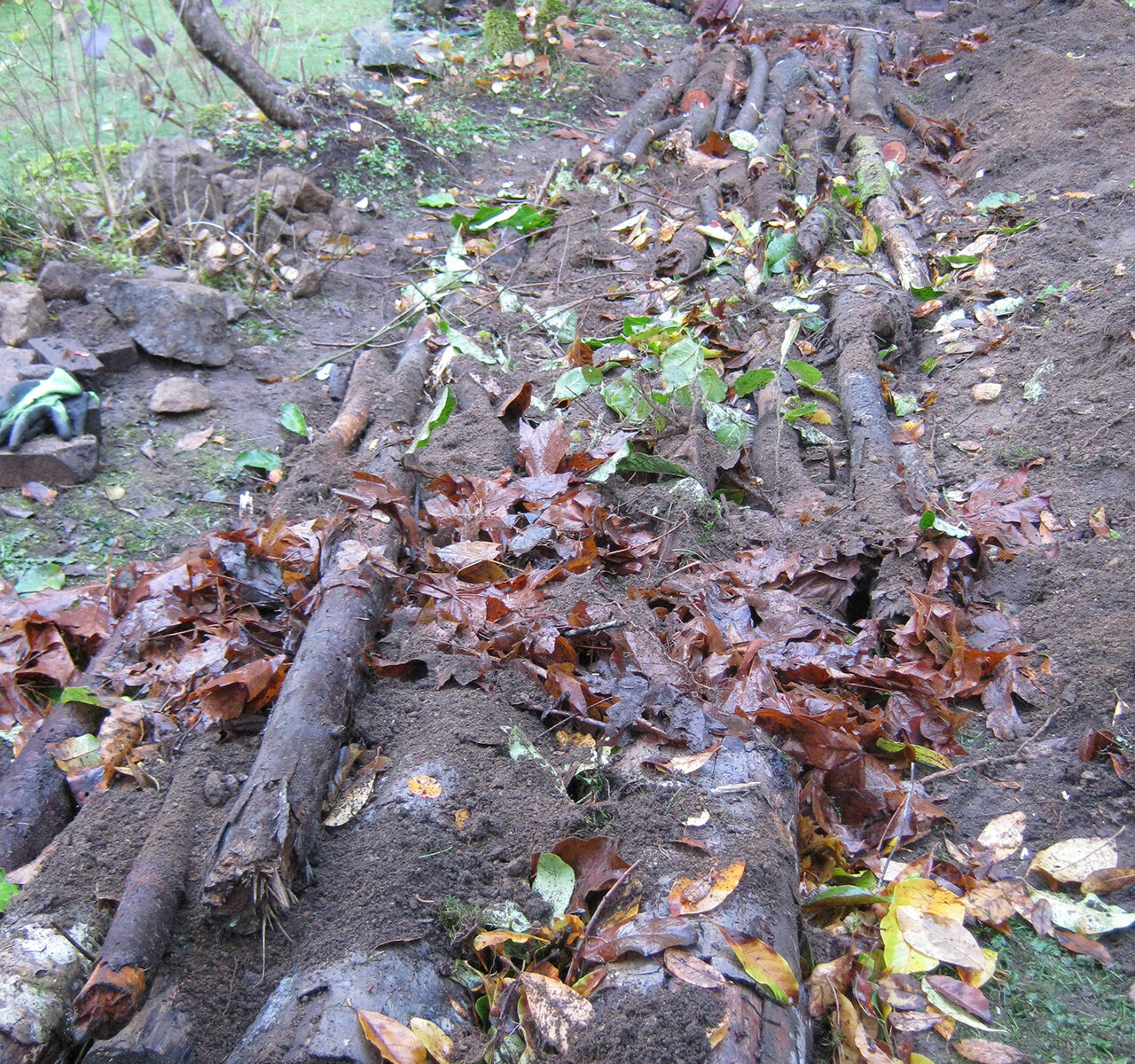Change can be fun and exciting! A new city, a new school, a new job – the possibilities for fun and adventure are endless. In permaculture, we learn that change is inevitable, and if we learn to go with the flow not fight against it, our permaculture designs will be much more fluid and resilient.
Change can be hard. And when things go differently than we expected them to, it can throw us for a loop. But we can learn to treasure these changes as learning experiences – and we might be amazed by what we learn, and how adaptable we can be. Continue reading “Permaculture Principle #12: Creatively use and respond to change in your permaculture designs”



